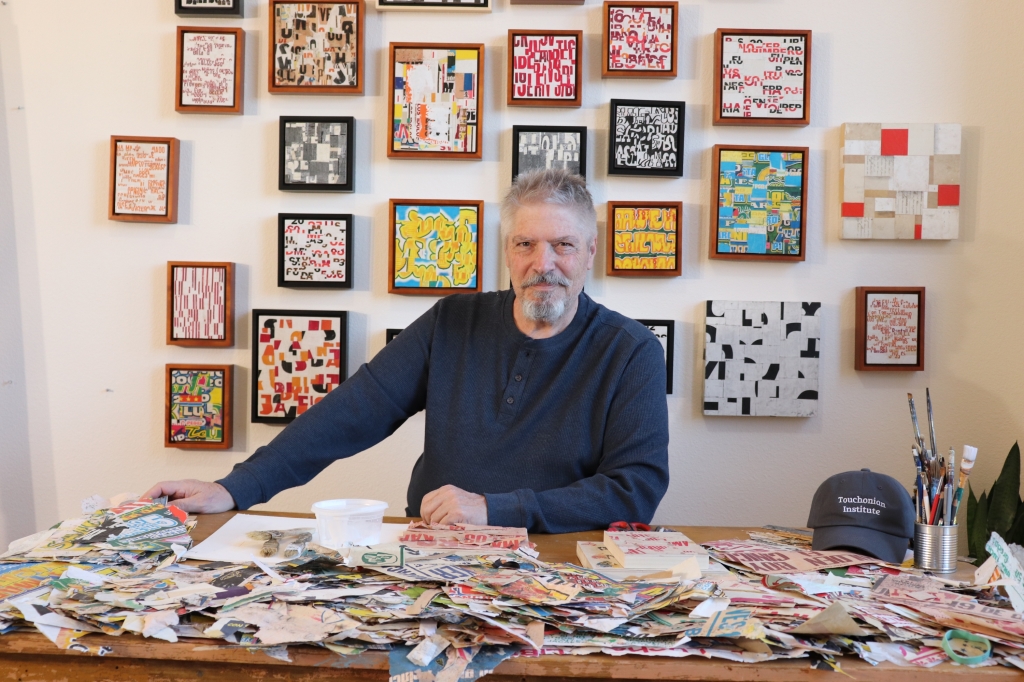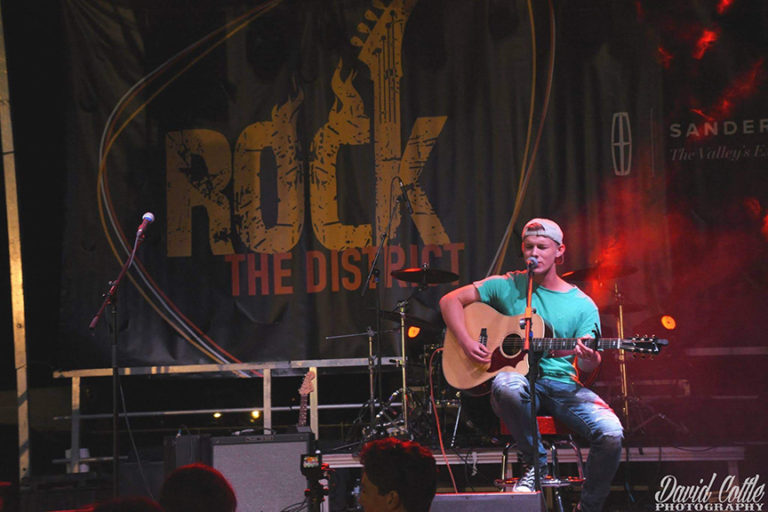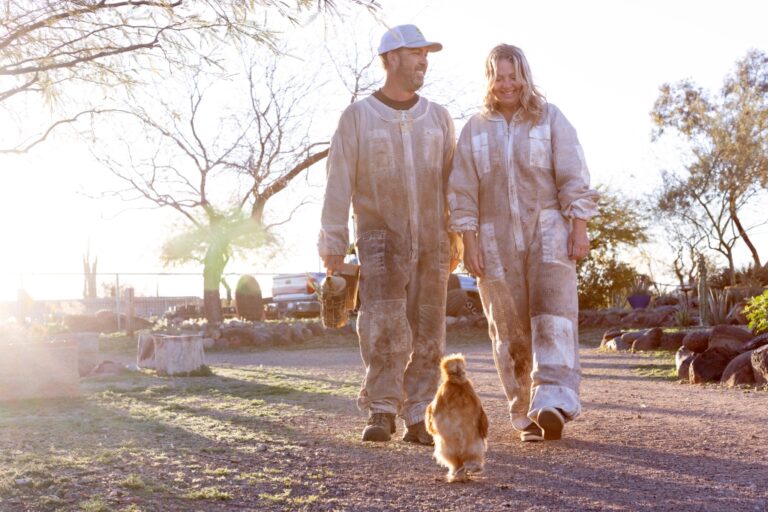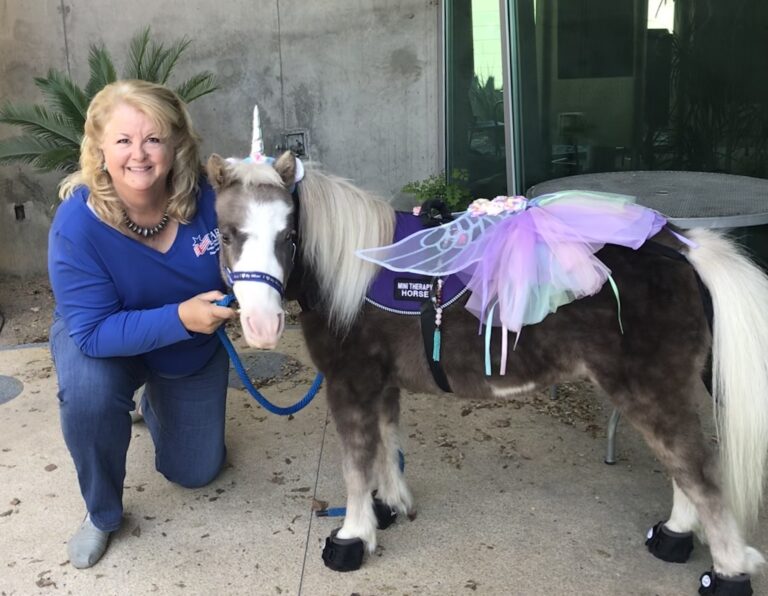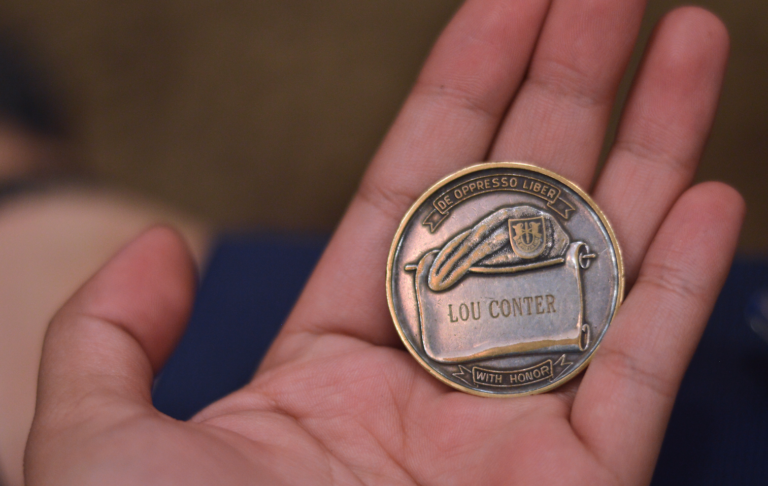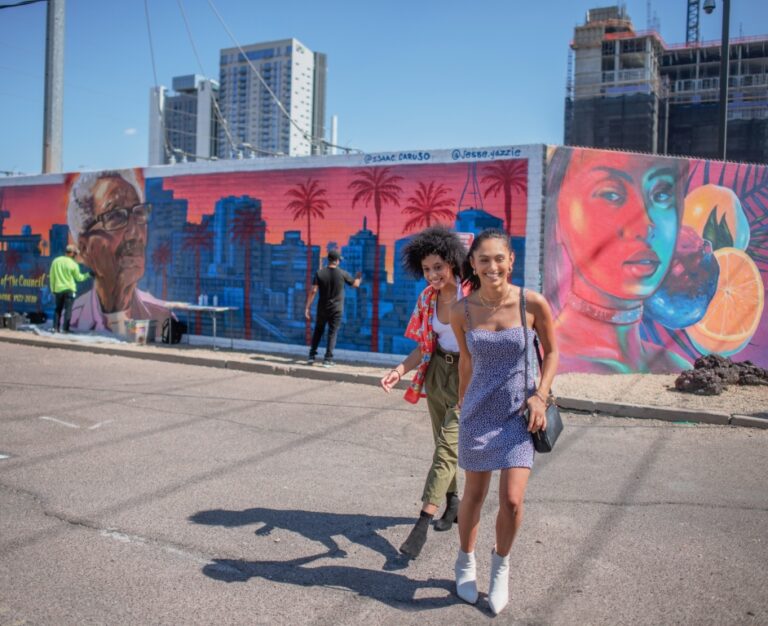From Detritus to the Divine
Cecil Touchon’s Typographic Transformations
Writer Shannon Severson // Photography Courtesy of Cecil Touchon
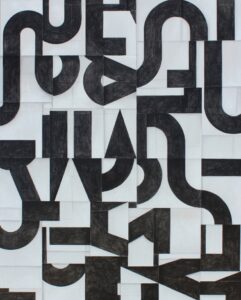


A scrap of musical score, an old photograph, a take-out menu, an advertising flyer, a page from a book — the pieces of our everyday lives fly past our eyes in a flurry, throwaway elements that hardly register to minds beset with digital input and imagery from our ubiquitous devices. But what if there is a glimpse of the infinite and eternal hiding amid the common detritus?
Artist Cecil Touchon, born in Texas and now a resident of New Mexico, is known for his “post dogmatist” paintings — each labeled with the prefix “PDP” and a series of numbers indicating when they were created — and particularly for his typographic abstractions. He creates these by painting, then deconstructing and reconstructing into new compositions. In fact, he is co-founder of the International Post-Dogmatist Group, an art movement formed in 1987 that embraces all styles and defies definition in favor of valuing the expression of human consciousness.
Touchon estimates that he has created well over 4,200 collages on paper. In every one of these abstract works, he is speaking without words.
“I’ve been making collages for 40 years,” Touchon reveals. “I think about it as my diary.”
His art can be found in museum and corporate collections around the world, including the Museum of Modern Art, Studio One, the Los Angeles County Museum of Art, the Getty Research Institute, the Art Institute of Chicago, the Museum of Contemporary Art Chicago and the Tate Modern in London. It was also featured in the Venice Biennale in 2001 and 2009. Locally, his work can be found at Grace Renee Gallery in Carefree, the only Arizona gallery to feature this internationally renowned artist, debuting this month.
“Cecil Touchon’s work is a revelation,” says Shelly Spence, owner of Grace Renee Gallery. “His ability to transform the mundane into the extraordinary speaks to the heart of what art should do. We’re thrilled to introduce his unique vision to Arizona’s discerning art community.”
Spence’s excitement about featuring Touchon’s work is palpable. The gallery owner believes Touchon’s collages and typographic abstractions will resonate deeply with local art enthusiasts, offering a fresh perspective on the interplay between text, image and meaning.
“What strikes me most about Cecil’s art is its universal appeal,” Spence continues. “Whether you’re drawn to the intricate details of his collages or the bold statements of his larger works, there’s something in his portfolio that speaks to everyone.”
Beyond Words
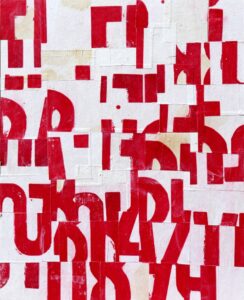


Paintings from Touchon’s Fusion Series, in the style of typographic abstraction, are performances in their own right — inspired by the experimental Fluxus movement — and may be reimagined in scale and material from past works, each representing a new vision while harkening to its origins.
In the last five to six years, Touchon has extended his range of work into asemic writing, defined as markings on a page that mimic text but are not actual words. They convey a type of wordless poetry, with the beauty being in the scrolling of the ink or paint while the meaning remains abstract.
He has assembled hundreds of these drawings into bound notebooks and describes the works as “body language in literature.” This interest stems, perhaps, from his Catholic grade school education, when he became fascinated with illuminated manuscripts and the idea of being a scribe. He also is consistently involved in an international community of poets and artists who correspond through the exchange of art.
“I’m making marks based on the body moving around — like plucking on guitar strings,” he says. “There are a lot of moments in the day that are just wasted. In 2019, I challenged myself to keep a sketchbook [of asemic] writing whenever I could and created hundreds of notebook-sized works.”
His Iberian Variations are a nod to abstract expressionist and printmaker Robert Motherwell, a deeply philosophical New York School artist who was a contemporary of Willem de Kooning, Jackson Pollock and Mark Rothko. Touchon uses black or blue acrylic paint, applied via bucket splashes to the backs of large, 5-by-5-foot unused billboard paper and allows them to dry in the sun.
“I’m not thinking of capturing a particular gesture when I’m doing it,” he says. “It lets me be very open and noncommittal; I’m just splashing paint around. I’m not trying to end up with a finished gesture. I can be more chance-oriented.”
When all but a few puddles remain, he sprays the pieces with water, allowing what he says is “almost a baptism” to add further gesture. He then cuts up these paintings and reassembles them into a “constructed gesture.” He notes he is now creating a gesture that didn’t exist before, making it completely different from abstract expressionism.
“All those kinds of flips and assumptions are destroyed and reconstructed,” Touchon observes. “I like that interplay of doing a thing that seems obvious at the beginning and then peeling back the curtain. There’s a mystery in it and a joke. It looks like something is in front but then it’s in back, flipping back and forth, positive to negative. It’s the idea of chance aesthetics.”
For Touchon, he considers all his work to be “chance-aided,” a scientific experiment of sorts in which he has predetermined the boundaries.
“That way, I’m not personally making a decision,” he asserts. “I’m trying to let the universe participate. I don’t make art as personal expression; I’m trying to express this other thing. I’m like a systems designer … let me see what happens. I keep tweaking until I like the results.”
Paper Trails
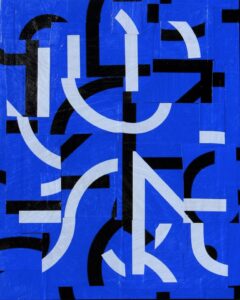


Touchon is also a prolific writer, collector, teacher and communitarian, deeply influenced by the spiritual and his study of Sufism. He is a contributor to both Contemporary Collage Magazine, based in the United Kingdom, and Kolage Magazine out of New Orleans. He has authored five books of poetry and various other books and anthologies, including “The Neoist Manifesto” and “On The Mysterious Nature of Post-Dogmatism.” He is currently writing a book that will serve as a studio companion for other artists.
In his personal newsletter, The Touchonian, he explains the connection he feels to the paper medium.
“I am a paper person,” he says. “Some people love wood or fabric or metal or clay, etc. I love paper and the notations, scribbles, stains and repairs found on it. I am fascinated by the evidence of use and the mysterious nature of its history as a unique voice, a witness to the lives of those people now lost to history who used to own it.”
Touchon has been painting and drawing since childhood, when he spent hot, dusty summers at the home of his beloved grandmother. He’d watch her decoupage and restore antique furniture, and she would give him art supplies to occupy himself. He describes art as a language that requires one to develop a relationship with it “until it becomes a natural extension of your voice.”
Becoming an artist, for Touchon, was Plan A with no Plan B in sight. He built his life around creating art as the priority, not the other way around.
“You’re either experiencing some version of art or you’re making some version of art,” he says. “All of us have to be creative; that’s what we are bringing to the picture — keeping the creative spark alive — otherwise you get miserable. Think of it as a lifestyle; art is the core, central post that’s holding up your life, and you build your life around it.”
Touchon builds his day around creating art and dedicates much time and effort to gathering the work of other artists, conducting workshops and curating his own Ontological Museum — a massive collection as an intact art object. He says he feels an obligation to the artists to eventually bring the collection into physical form. For now, he continues to collect, document and archive.
“I’m going to collect with no money,” he says. “I’ll trade things or trade work with other artists. We put a show together, archive it, put it into the collection, and I will take care of it and preserve it for the future. It’s an assemblage of assembled things. It’s all online, unregulated by gatekeepers.”
Global Connections
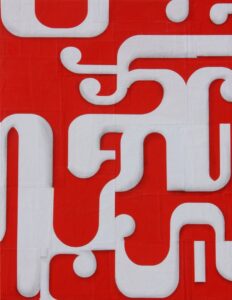


Touchon’s international relationships are testament to his decades of prominence in the art world. In addition to the Ontological Museum and founding of the Post-Dogmatist Movement, he is a renowned figure in the massurealism movement. Founded in 1992 by American artist James Seehafer, the genre is known for its artists who combine the themes of surrealism with pop art and other mass media artforms, utilizing technological and traditional art forms as commentary on the ironies and contradictions of art, media, consumerism and free expression.
Another influential community for Touchon is Fluxus, an avant-garde movement that began in the 1960s. Inspired by John Cage and the earlier Dada movement, Fluxus celebrates the flow of revolutionary art and anti-art. Touchon explains that Fluxus artists create “event scores” instead of traditional music scores. These are open-ended instructions for performances or everyday actions, allowing for a wide range of creative expressions and interpretations.
Touchon’s work has been featured in prestigious international exhibitions, including the Venice Biennale in 2001 and 2009. His pieces are held in numerous museum collections worldwide, solidifying his status as a significant figure in contemporary art.
His innovative approach to transforming verbal language into visual art has influenced countless artists globally. Touchon regularly conducts workshops and collaborates with artists from various countries, fostering a rich exchange of ideas and techniques.
“I have a good reputation for being a community-oriented guy, doing things for the global collage community,” says Touchon, whose networking efforts have resulted in collaborative exhibitions featuring artists from Japan, Siberia, Paris, Italy, the United Kingdom, Scandinavia and across the United States.
One such project saw Touchon curating an exhibition that grew from 44 to 135 pieces in just six weeks, showcasing the enthusiasm and respect his work generates in the international art community. These collaborations not only spread Touchon’s artistic vision but also contribute to the evolution of collage and typographic art on a global scale.
Through his art and the international connections he fosters, Touchon speaks — contributing to a more peaceful world. He sets the parameters but allows chance to have its way — and remains unthreatened and unbothered by the results.
“Nothing happens by accident,” he says. “Everything is conscious at some level. The simplest way to say it is to have a quiet mind and a clear heart.”
Transcendent Typography: Cecil Touchon Exhibition
Ongoing // Tuesday-Saturday, 10 a.m.–5 p.m. // Grace Renee Gallery // Historic Spanish Village // 7212 E. Ho Hum Road, Carefree // Free // 480-575-8080 // gracereneegallery.com
